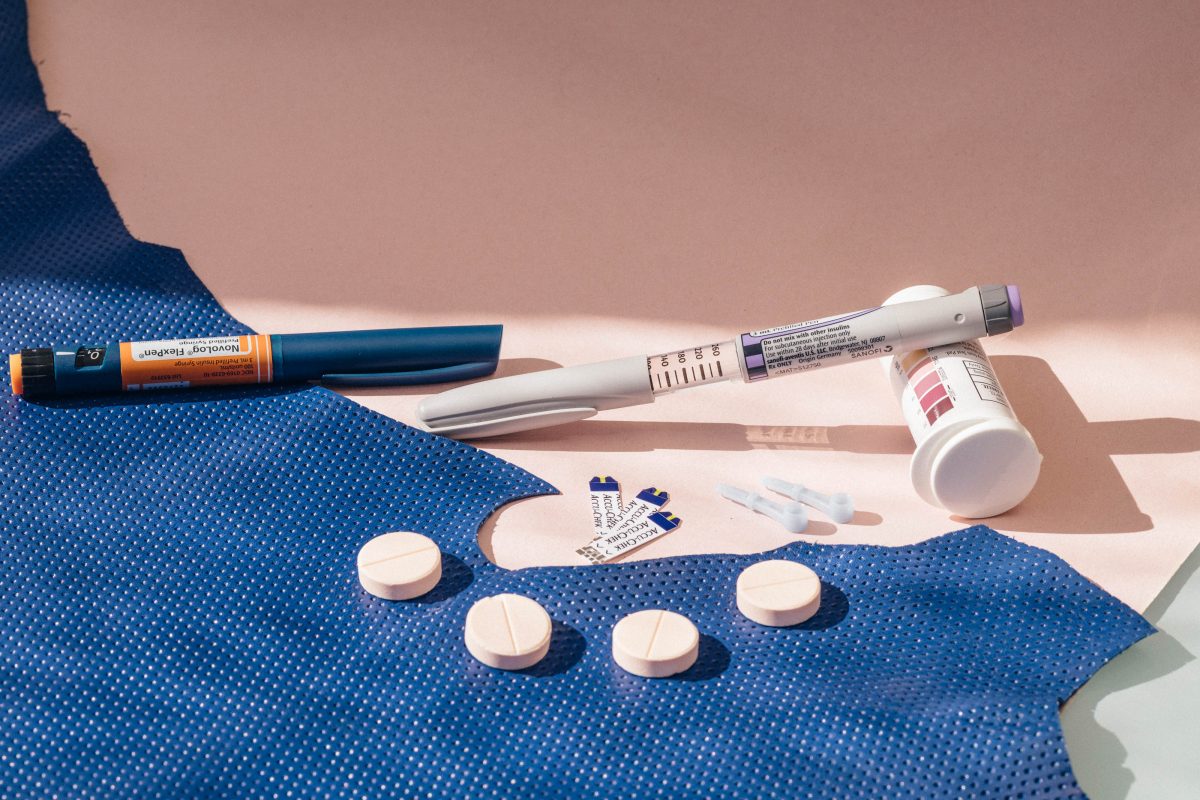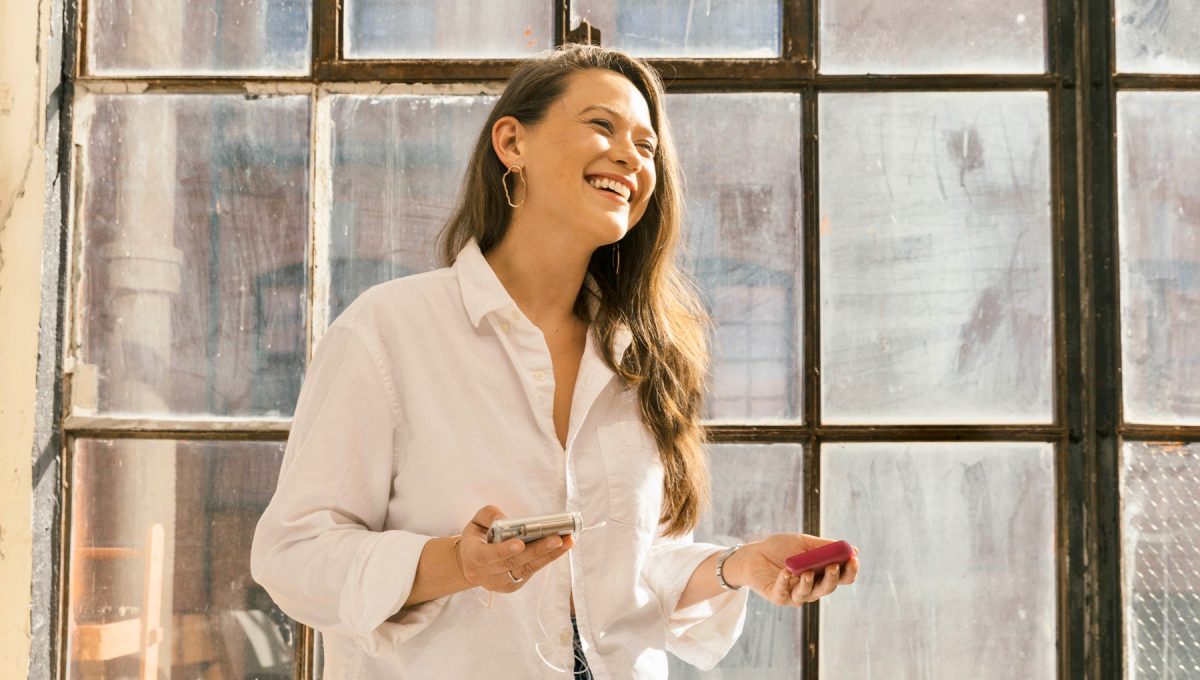

Diabetes April 15, 2022
Diabetes During the Pandemic
by LARKIN
I’ve worn MedicAlert IDs for most of my life with T1D, so I was extremely honored when they reached out to interview me about my experience living with diabetes during the pandemic. I highly recommend that anyone with a medical condition wear a medical ID, especially when they are alone, driving, or traveling. Mine makes me feel safer knowing that all the key information medical responders may need if I were unconscious or in an accident is quickly accessible.
The following is an excerpt of my conversation with MedicAlert. The full article was originally published at medicalert.org.
MedicAlert: How does diabetes usually impact your daily life, and has anything changed given the current situation?
Whatever I do, my diabetes is always in the background. My insulin pump and CGM help me keep my blood sugars in a safe range most of the time, but I still have to factor in everything else that can impact my numbers throughout the day: what I’m eating, how much I’m exercising, whether I’m going to be working at my desk or being more active… the list goes on.
During shelter-in-place, my top priority has been to stay as on top of my diabetes management as possible, as poor blood sugars can weaken the immune system. While people with diabetes aren’t necessarily at a higher risk of contracting COVID-19, any kind of illness can make managing diabetes more difficult, and that in itself can lead to complications.
Having diabetes can also be emotionally taxing and financially burdensome — and even more so during a pandemic, as routines are disrupted and people lose their jobs. For example, without insurance, a vial of insulin can cost more than $300 in the U.S. and many type 1 diabetes patients require multiple vials or pens per month.
Some insulin manufacturers have offered relief during this time, but the rising cost of insulin in the U.S. is a stressful factor that people with diabetes must contend with in the long-term. I’m constantly thinking about my supplies and how to ensure I’ll continue to be able to get them going forward.
MedicAlert: Does having a MedicAlert ID give you a sense of comfort during the COVID19 pandemic?
Yes, definitely. The past month, I’ve been sheltering in place with my fiancé, who has all of my emergency info on hand, but I still wear my MedicAlert ID at home, when I drive anywhere, or exercise around our neighborhood. It gives me comfort knowing that if I ever needed emergency care and either my fiancé wasn’t with me or we were separated at the hospital, there’s a quick way to access all of the key information about my medical needs.
I have two IDs, actually: a silver pendant necklace and a gold bracelet that I rotate depending on what I’m wearing. The gold bracelet actually reminds me of my grandmother, who wore the same style ID for an allergy. People often compliment me on its “vintage” look. She used to tuck tissues into the wrist side of hers in case she needed one!
MedicAlert: You mentioned that you’ve chosen to wear MedicAlert IDs most of the 26 years you’ve had type 1 diabetes. Why are they your go-to?
A lot of other medical IDs just include the most basic information — your condition or an emergency contact, for example. Having a MedicAlert ID and membership means emergency responders can immediately access important information that could help with my treatment, including my healthcare team’s contact information, past surgeries and hospitalizations, and key medication dosing — all with a single phone call. The time it saves could literally mean the difference between life and death in some situations.
MedicAlert: How does your ID empower you to live your life the way you want to?
I typically travel a lot for work, so my MedicAlert ID feels like a lifeline — especially when I’m in a foreign place or driving alone. I always let those I’m traveling with know that I’m wearing my ID, just in case something happens, diabetes-related or otherwise. An extreme low blood sugar episode, for example, could very quickly impair my ability to communicate, so it alleviates some stress knowing that others can find my emergency medical information and contacts easily if they needed to.
MedicAlert: Have you ever had a MedicAlert moment where an emergency responder identified and located your ID?
Thankfully, I’ve never had an episode in which I’ve required care from emergency medical responders, but I typically wear my IDs in places they’d be most likely to check if they were treating me. When I wear my ID bracelet, I wear it on my left wrist, over my pulse; if I wear my necklace, the pendant is near my heart. Many things feel very unpredictable right now, but my ID is something I can rely on.
If you’re interested in learning more about MedicAlert Foundation and its medical IDs, visit medicalert.org.
_____________________
Styling and creative direction: Larkin Clark
Photography: Robert Brockett


